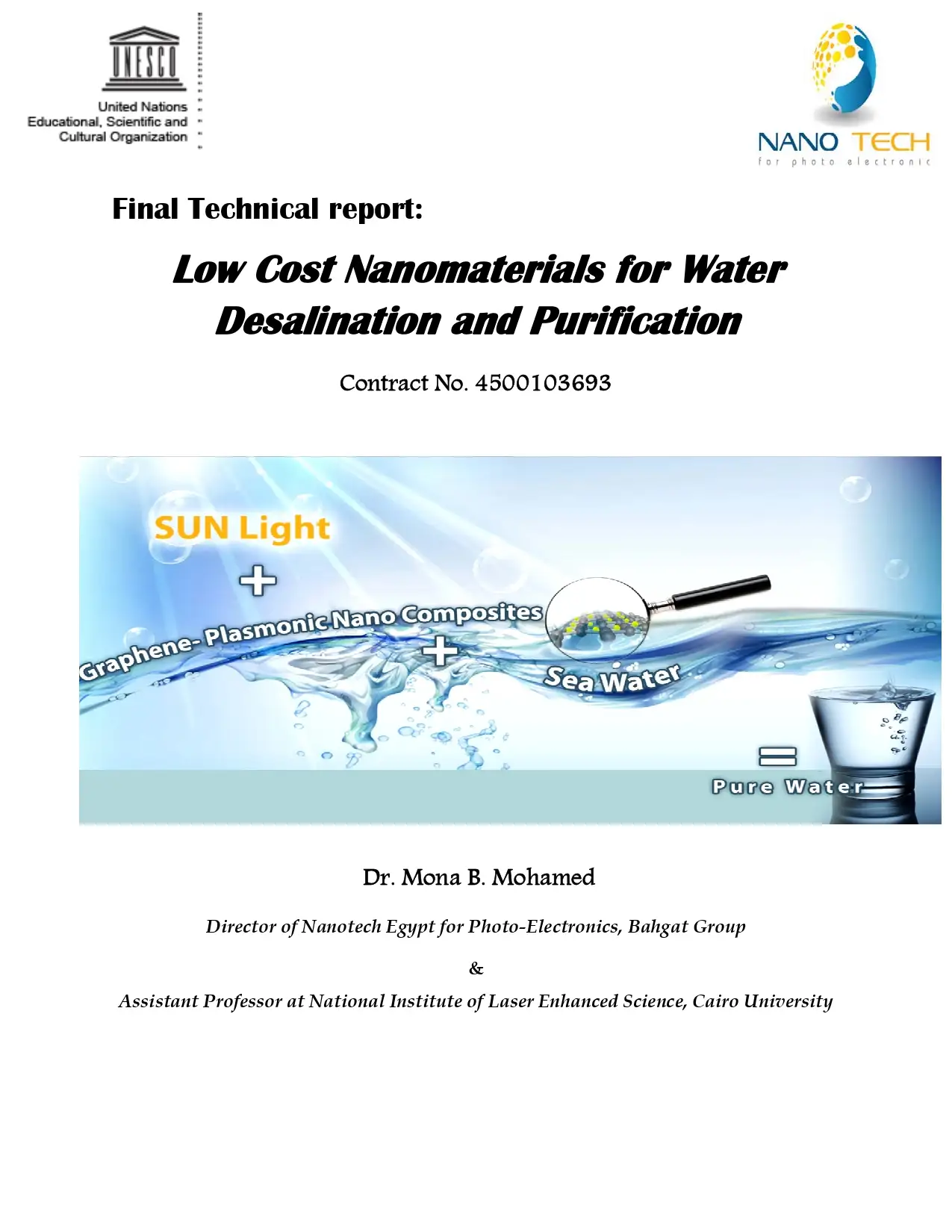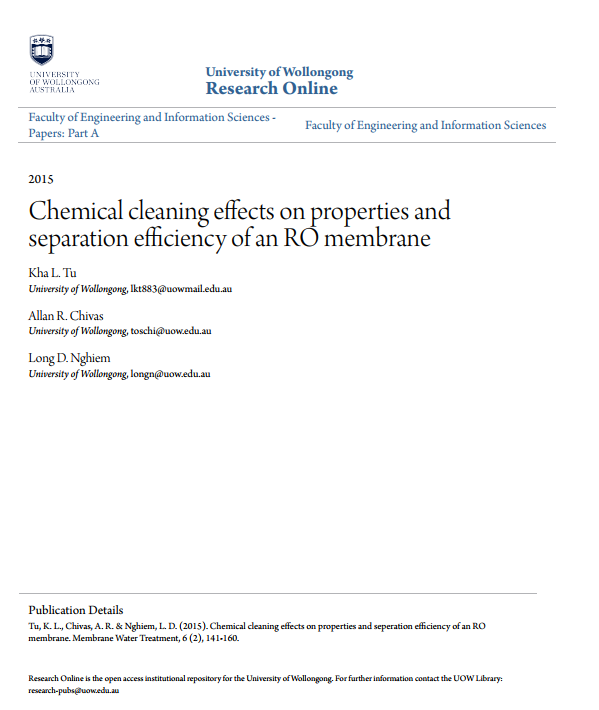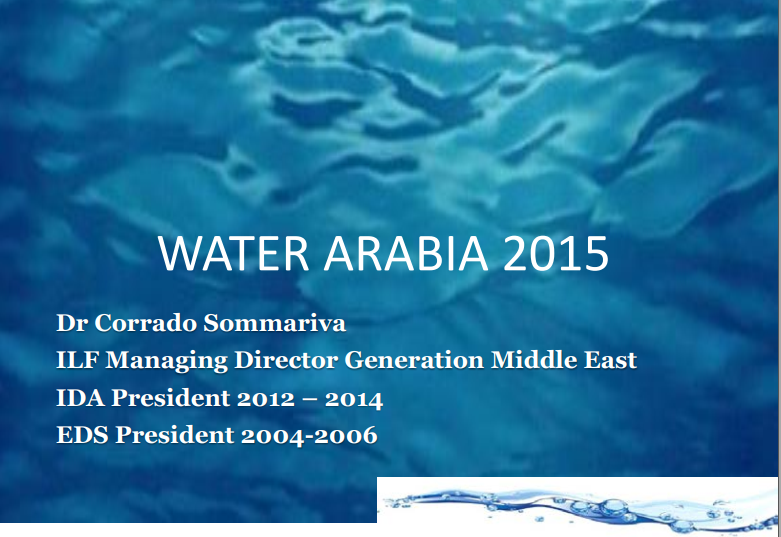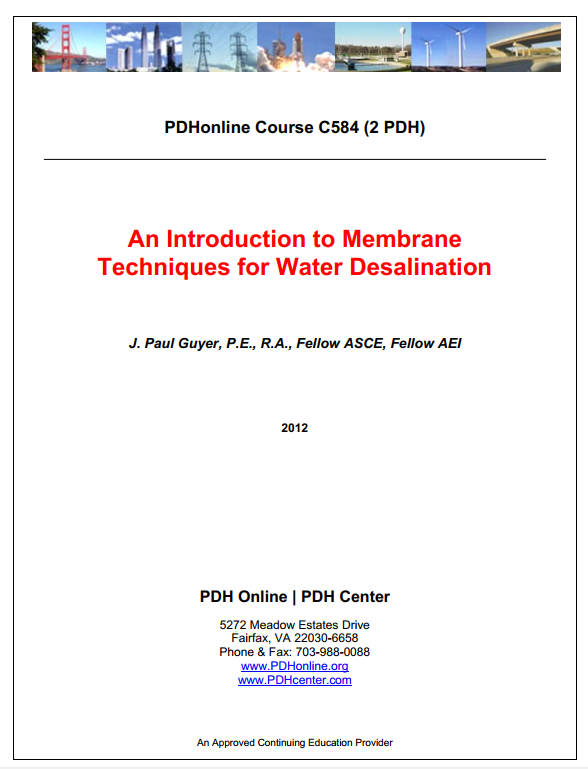Low Cost Nanomaterials for Water Desalination and Purification
Abstract:
While over 70 per cent of the Earth’s surface is covered by water, most of it is unusable for human consumption. Freshwater lakes, rivers and underground aquifers represent only 2.5 per cent of the world’s total freshwater supply. Unfortunately, in addition to being scarce, freshwater is also very unevenly distributed. The United Nations has compared water consumption with its availability and has predicted that by the middle of this century between 2 billion and 7 billion people will be faced with water scarcity. Increased demand for water is a global problem. In many parts of the world local demand is exceeding conventional resources. More economical use of water, reducing distribution losses and increased use of recycled water can help alleviate this problem but if there is still a shortfall then desalination of seawater or brackish water is a must. Many areas suffering from water shortages are also short of conventional energy resources and cannot afford expensive fossil fuels. More recently, there is remarkable awareness that even if fossil fuels were much cheaper, the burning of these fuels will contribute to climate change and global warming. For these reasons, the use of renewable energy for desalination has to be encouraged. Renewable energy is not a firm source of power and energy is expensive to store in large quantities. Water on the other hand is easily and cheaply stored. Thus, there is compatibility between renewable energy and desalination. This study aims to provide a review of the state of the art technologies of water desalination and discuss the benefits, disadvantage and economic impact of each. The key conclusion of this review is that desalination alone cannot deliver the promise of improved water supply unless that the desalination technology itself has evolved substantially. It has to be significantly cheaper, more reliable, less energy-intensive and more environmentally friendly. Nanotechnolgy would bring desalination technology to meet these requirements in the near future. Recently, new methodologies have been developed recently based on using nanotechnology for water desalination such as Reverse osmosis, Ultra- and Nano-filtration. Also, new technologies based on using solar concentrators for solar desalination have been developed. This report will highlight all of these new methodologies in details. New methodology which combines solar desalination and nanotechnology based on producing low cost nanocomposite to enhance the rate of solar thermal water desalination has been developed in our laboratory (patent pending). These new nanomaterials absorb light so strongly and convert it efficiently into heat energy.
Only logged in customers who have purchased this product may leave a review.















Reviews
There are no reviews yet.